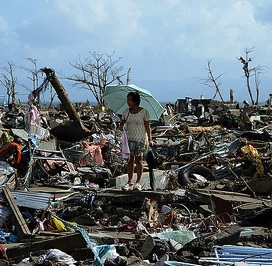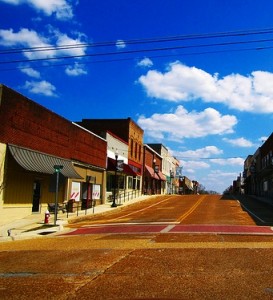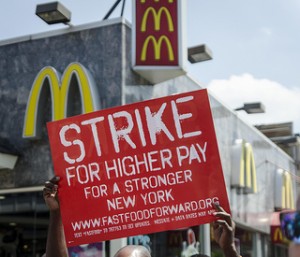
Last month, Starbucks CEO Howard Schultz appeared on the Daily Show to discuss a new partnership with Arizona State University that will allow workers to earn an online degree while still keeping their day jobs. Schultz was happy to announce that the coffee corporation would be the “first U.S. company to provide free college tuition for all [its] employees.”
However, ASU clarified that Starbucks won’t actually provide any money to help its employees afford their education. Rather, workers will have the chance to enroll in ASU’s online programs at a greatly reduced price, but will still have to pay for the remaining costs out of their own pockets, with student loans, or via federal aid.
The “Starbucks Scholarship” won’t be awarded upfront, but the company does plan to reimburse students after they pay for, and complete, their first 21 credits. Applying for financial aid can be time consuming and complex, and sociologist Sara Goldrick-Rab argues that a “wholly online education is of questionable value for low-income students…[E]specially when such students are required to pay for those first 21 credits before they qualify for reimbursement.”
During this time, ASU online will likely make a profit off incoming students who are paying for their education with financial aid—continuing what sociologist Tressie McMillan Cottom describes as a “long and shady history” of companies making money off public funds.
It’s hard to be fully cynical about the Starbucks Scholarship since it will likely open the (virtual) doors for many students to earn a college degree. Nonetheless, the plan hardly addresses the structural problem of an unaffordable education system. In his interview with Jon Stewart, Schultz likened the tuition benefits to employee-provided health care—a comparison journalist David Perry isn’t keen about:
The development of health care as an employee benefit rather than a universal right has been a disaster for America, leading to high costs and poor results. Yes, the employees are much better off with health care than without, much as some workers will benefit from the new tuition policy. But if making college affordable becomes a job perk, rather than a societal goal, we’re collectively worse off.








